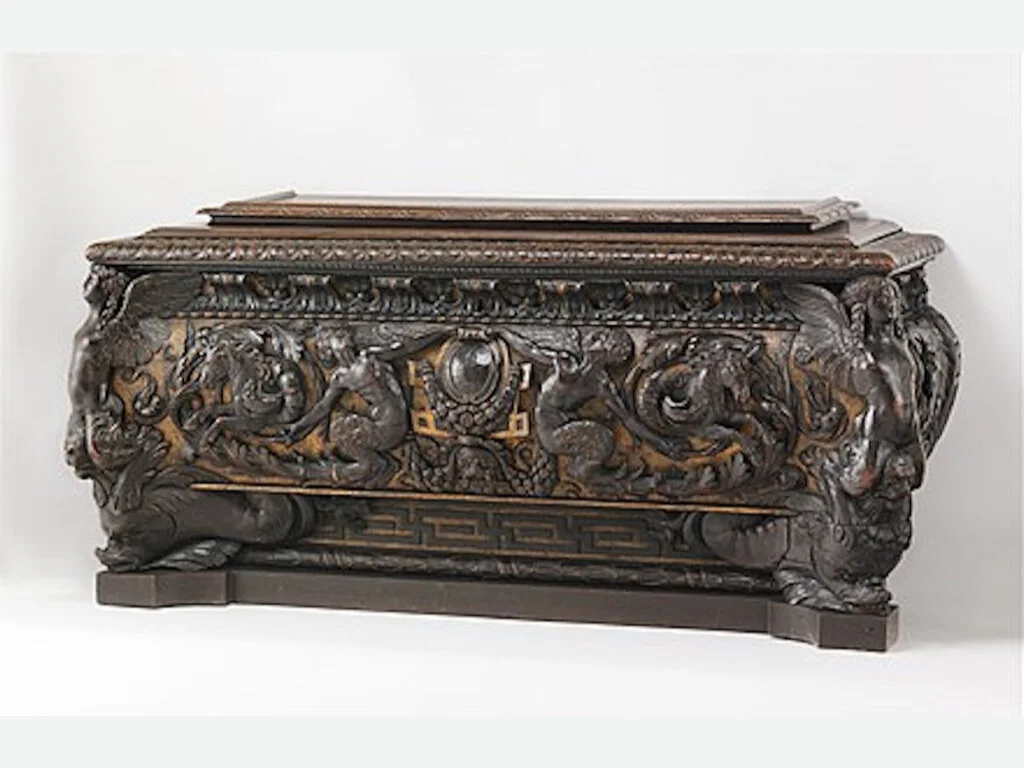About (page)
About
Your home is an extension of your inner life. Every surface you touch contains a record of your memory; a connection to the physical world during your most private and honest moments; and a hope for how you wish to grow in the coming chapters.
In our busy lives, it must function like a well-oiled machine, yet it cannot forget the sympathy and tenderness of humanity.
Each decision often asks a significant investment and at its core, finances represent hard choices and personal priorities. We all know that no amount of money can ever buy time or meaning.
However, each change, if genuine and thoughtful, can slowly transform your relationship with your home, making your time within it more meaningful. In turn, that is what makes my time more meaningful.
Consultation Services:
general consultation
design and plan of interior architecture
furniture curation (new and antique)
interior decoration
art curation
45 East 66th Street
New York, NY 10065
609 933 1228
jl@marchand-mercier.com
What’s a Marchand-Mercier?
In the 16th Century, crafts were dominated by the guild system which prohibited any craftsman from working with a material in which they had not formally apprenticed. As a result, guilds were highly specialized but could not collaborate to combine their materials and crafts were narrow and limited. Enter the marchand-merciers.
Working outside the guild system, the marchand-merciers were entrepreneurs who were not constrained by this policy. They were free to envision more elaborate designs that combined materials and to achieve their realization. A console, for instance, which previously was made entirely of wood could now be finished with Japanese lacquer, fitted with bronze ormolu hardware and topped with marble.
16th C.
18th C.
In the same manner as the marchand-merciers of the late Renaissance, we find new beauty by connecting the disconnected. The challenge in our time is not the combining of materials, but that of the senses and time. In a world where we control how and when every stimulus reaches us, we have come to myopically believe that food is defined only by its taste, music by how it sounds and design by how it looks. This has led to an increasingly detached version of reality. After all, we have all experienced that food tastes better with the right company, live music is felt on the skin and the most beautiful corner of your home is where the breeze brushes your cheek with your morning tea.
Our Ethos
The task of constructing from a circle, a square of equal area with no more than a straight edge and a compass is one of the oldest geometric challenges known to humanity. The first recorded thought on the problem is attributed to Anaxagoras in the 5th century, B.C. It remained unsolved until 1882 when it was finally proven to be impossible.
However, along the way, the problem inspired great minds, the likes of Hippocrates, Archimedes of ancient Greece through Euler and Gauss to discover and develop many beautiful and powerful ideas that we base much of our world on today.
While the problem itself is fascinating, it’s the vast explorations that were launched in its name and the advancement we have seen in 2500 years of its tenure that have truly given it significance. This is the philosophy with which I approach design - our goal of constructing, from a vision, its architectural form. The histories, philosophies, arts and experiences absorbed in the pursuit of this goal have grown far greater than design itself and continue to shed new and beautiful light on it. The documentation of these “travels” can be found in the Explorations page.
Jeffrey Law
Design is an interdisciplinary study of the human experience. It is the membrane where our inner lives meet the exterior world; the moment when matter becomes form; the language by which mathematical order is emotionally felt. Its understanding requires the perpetual entanglement of theory, practice and experimentation from as many different angles as possible.
I began music studies on the cello at the age of 5 at The Juilliard School and performed internationally over the next decade. In search of knowledge through different lenses, I hold degrees in theoretical mathematics (Princeton University), European decorative arts history (Sotheby’s), archaeology of ancient China (Bard Graduate Center), mathematical finance (Princeton University), and classical music (UT Austin). Many more facets of human perspective await.
Off the record, I enjoy playing the piano, reading philosophy, weightlifting, cooking, fashion, woodworking and people-watching in Central Park with my two dogs.




